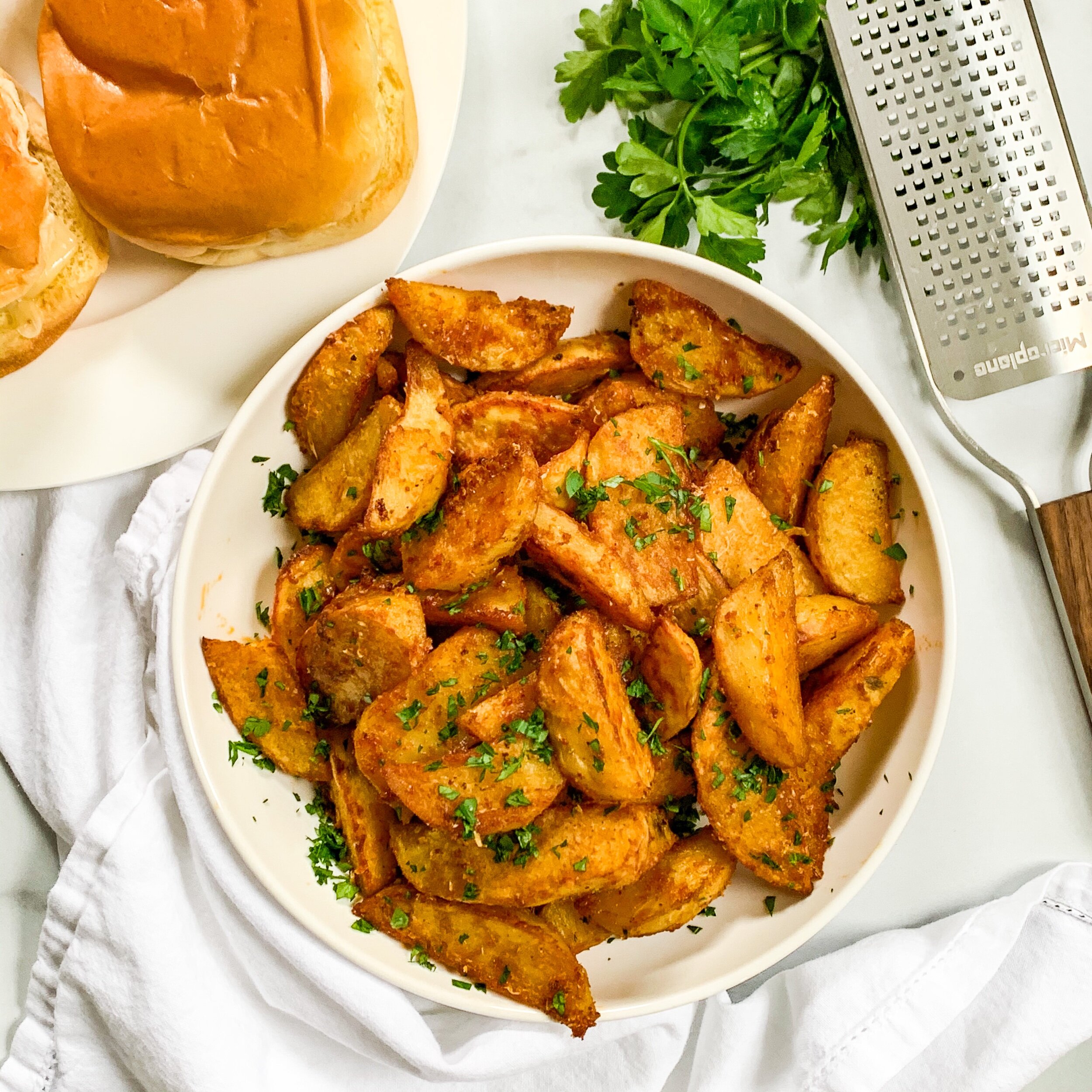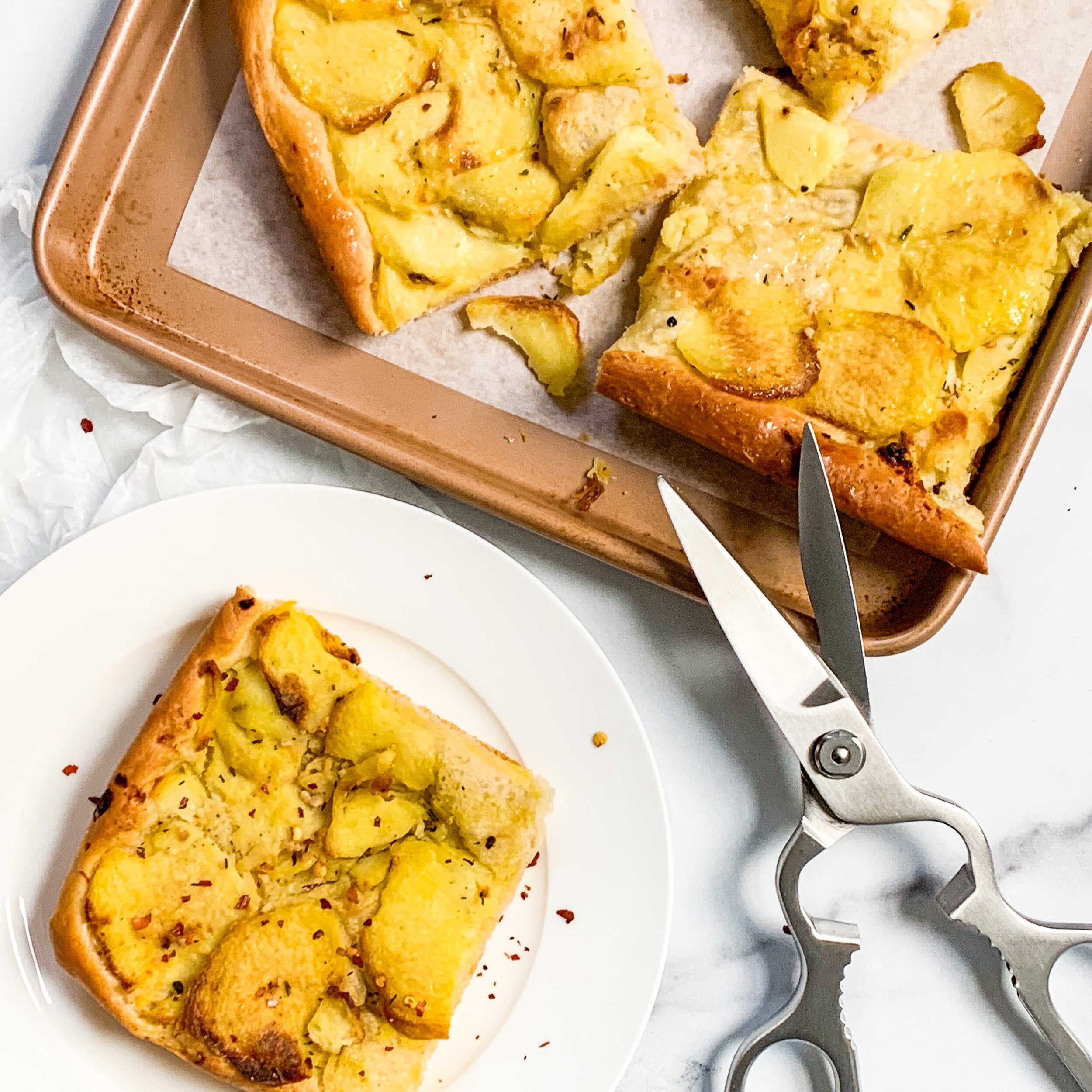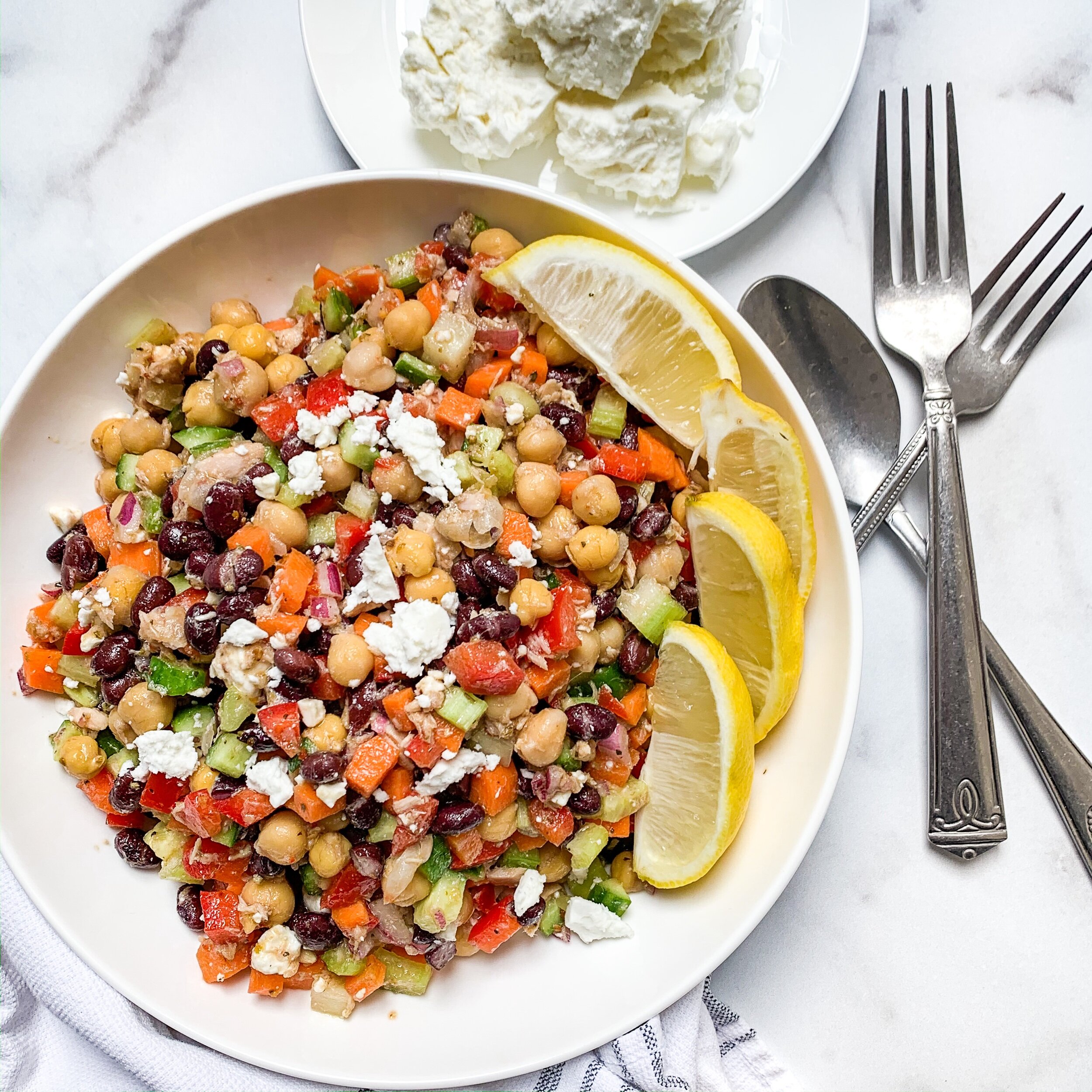Coronavirus (COVID19) has us all thinking of stockpiling hand sanitizer, toilet paper, and our pantries. Do we have all the shelf stable items we need for two weeks? How many cans of soup are enough? Please note, this is simply a guide and not meant to panic anyone. Let this be a resource.
Q. Should we all be stockpiling food?
The short answer is NO. If tested positive or have been in contact with someone that has been infected home quarantine or self-isolation at home would be for 14 days. I would recommend having enough food for your entire family and focus on dry and canned goods that are easy to prepare.
Q. What should we stock our pantry with for 14 days?
Keep Breakfast, Lunch and Snacks simple.
FOR BREAKFAST
Stock up on oatmeal, oats, granola, cereal and other dried grains (average out 1/2 to 1 cup per person per day), nuts and dried fruit, shelf-stable nut milks or powdered milk, protein or granola bars, and coffee and/or tea, nut/seed butters, honey
FOR LUNCH/DINNER
Make double for dinner and use leftovers for lunch; to make sure you have enough for leftovers buy enough food to double the recipes.
A few examples of good canned/boxed foods to have on hand: canned beans (chickpeas, black beans, white beans), canned tomatoes (either diced or whole), cans or jars of tomato sauce and paste, cans of pumpkin or squash puree, canned soups and canned (or boxed) broths, canned coconut milk, canned fish such as anchovies, sardines and tuna. Unopened, firm tofu and tempeh will stay fresh for weeks in the fridge and jerky are also good to have around.
Dry goods like grains, such as rice, barley, quinoa, rice, bulgur, farro) pasta, beans, oats, nuts and seeds, should be your foundation. They have a long shelf life, are easy to store
Frozen vegetables such as spinach, kale, peas, corn, edamame, spinach, kale, avocado, carrots, broccoli, cauliflower, and okra are great to have on hand, since fresh vegetables can’t be kept in an emergency supply kit without spoiling. Don’t forget your frozen fruits like berries, bananas and mango. Frozen fish, particularly shrimp and proportioned vacuum packed salmon, trout can be extremely handy if you have the room for it.
SNACKS
Include granola bars, whole grain crackers, roasted chickpeas and energy bars. Popcorn kernels and paper bags (make your own microwave popcorn or stove top)
Q. Do you have a meal plan you can share?
Plan 7 days of dinner, repeat for week 2 and double the recipe and have it for lunch the next day.
Shrimp and Veggie stir-fry.
Grain Bowls: Make a big batch of whatever grain you have on hand: rice, quinoa, barley, farro, etc. Heat a can of black beans and frozen corn with a little extra virgin olive oil, chicken stock and spices (or taco seasoning)
Vegetables and Grains: Make a batch of quinoa or rice set aside. Sauté frozen spinach and kale with white kidney beans, in a little extra virgin olive oil, crushed red pepper and garlic.
Pasta and tomato sauce or I’ll take it back to my childhood with cooked pasta and a dollop of salted butter
Four Bean Salad: 2 cans of bean medley, tuna, oregano, parsley, pinch o thyme, vinegar, extra virgin olive oil
Lentil soup
Vegetarian Three-Bean Chili: avocado oil or olive oil, frozen corn, 1 can each of black beans, pinto beans, red kidney beans, rinsed, drained, 1 can tomato purée, 3 cups low-sodium vegetable broth, salt, ground black pepper, 1 teaspoon ground cumin, chili powder, dried oregano, 1/2 teaspoon garlic and onion powder, 1/4 teaspoon cayenne pepper. Add all ingredients to a large pot over medium-low heat and simmer for 20 minutes.
In conclusion, wash your hands with soap and water to the tune of Happy Birthday and sing it twice, don’t touch your face, and keep your hands to yourself. Say it don’t spray it, cover your mouth when coughing and sneezing. Elbow bump, hip bump, or tap toe to toe when greeting someone. Hugs are usually a warm welcome but can also bring some unwanted guests.



















